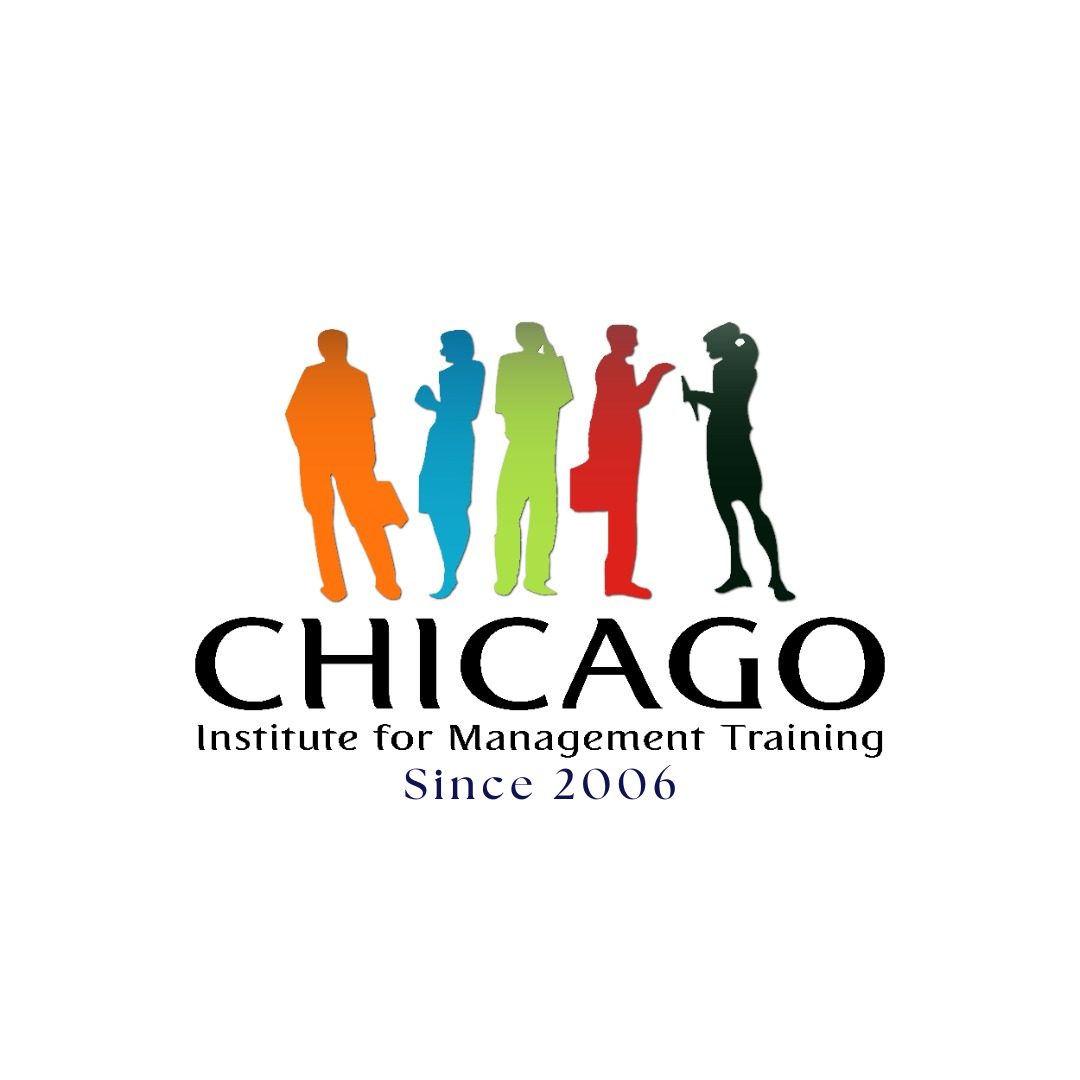Introduction
Operations and maintenance (O&M) are critical components in the management of facilities, ensuring that building infrastructure operates effectively while meeting legal, financial, and environmental standards. This article delves into the roles, responsibilities, and strategic planning associated with O&M, and examines these elements through a case study to illustrate practical applications and outcomes.
Role of Operations and Maintenance
Operations and maintenance serve pivotal roles in facility management:
- Operations: Ensure the building’s infrastructure is used and managed in compliance with laws and regulations. This includes meeting financial goals, providing efficient utility services, and safeguarding the community and environment.
- Maintenance: Focuses on keeping all building elements—such as systems, structures, and equipment—operating effectively and safely. It involves periodic, predictive, preventive, and corrective maintenance activities to extend the asset’s productive life.
Definitions and Concepts
- Predictive Maintenance (PdM): This strategy involves predicting equipment failure before it occurs, allowing for planned maintenance that minimizes unplanned disruptions and avoids excessive preventive maintenance.
- Preventive Maintenance (PM): Scheduled at regular intervals, PM aims to improve equipment longevity and prevent unexpected maintenance needs by addressing potential issues before they arise.
Facility Management (FM) Overview
Facility management integrates people, place, and processes to enhance the quality of life and productivity within the built environment (ISO 41011:2017). From an O&M perspective, FM focuses on ensuring occupant satisfaction and effective business operations while managing the physical infrastructure.
Facility Manager Duties and Responsibilities
Facility managers play a critical role in balancing cost and performance, overseeing:
- Environment: Ensuring safety, health, and productivity within the facility, implementing recycling programs, managing operational requirements like temperature and lighting, and leveraging automated management technologies.
- People: Providing support services, managing O&M staff performance, consulting on facility-related matters, and considering human factors in operations.
- Cost: Developing operations that balance cost with performance, optimizing asset use to enhance productivity, reduce expenses, and lower energy consumption.
- Planning: Anticipating changes, ensuring compliance with regulations, maintaining emergency readiness, and participating in business continuity planning.
Case Study: XYZ Corporation
Background: XYZ Corporation, a multinational firm, faced challenges in managing its expansive office facilities. With high operational costs and inconsistent maintenance practices, the company sought to enhance its O&M strategies.
Implementation:
- Predictive Maintenance: XYZ adopted predictive maintenance to foresee equipment failures, which allowed for timely repairs and reduced unplanned downtime.
- Preventive Maintenance: Regularly scheduled maintenance activities were implemented, improving overall equipment reliability and extending asset life.
- Facility Management Integration: A comprehensive facility management plan was developed, focusing on efficient energy use, improved safety measures, and enhanced employee comfort.
- Cost Management: The facility team introduced cost-saving measures such as optimized energy usage and streamlined maintenance processes, resulting in a 15% reduction in overall facility costs.
- Planning and Compliance: XYZ Corporation ensured all operations complied with local and international regulations and prepared for potential disruptions through effective business continuity planning.
Outcome: The strategic enhancements led to improved facility performance, increased employee satisfaction, and significant cost savings for XYZ Corporation.
Conclusion
Effective operations and maintenance are crucial for successful facility management. By integrating predictive and preventive maintenance strategies, focusing on environmental and cost efficiencies, and robust planning, organizations can significantly enhance their facility operations. The case study of XYZ Corporation demonstrates the tangible benefits of a well-executed O&M strategy, providing valuable insights for other organizations aiming to optimize their facilities.




